The program is organized by Vietnam News and Law Newspaper, Vietnam News Agency, in coordination with the Department of Grassroots Information and External Information (Ministry of Culture, Sports and Tourism).
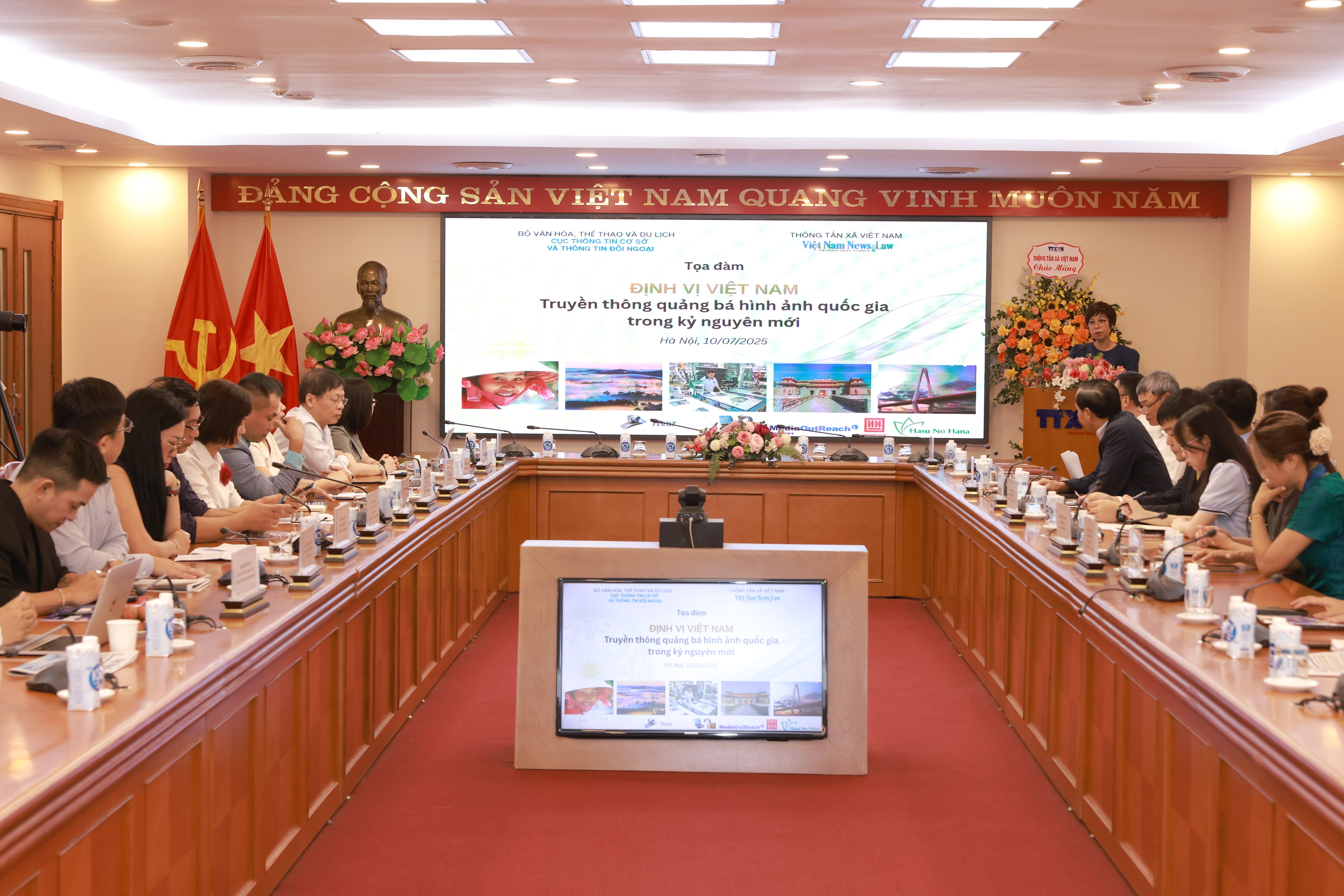 |
| Seminar “Positioning Vietnam - Communication to promote national image in the new era”. (Photo: Organizing Committee) |
Expected to be submitted to the Prime Minister this July, the Draft Strategy aims to promote positive information about Vietnam at home and abroad to increase positive recognition of an image of Vietnam as “stable, developing, innovative and creative, rich in cultural identity”, thereby enhancing the country’s position in the international arena. The Strategy aims at a number of specific targets by 2030: 100% of provinces and centrally-run cities will carry out communication and promote local images abroad in a unified direction; organize at least 10 key international communication campaigns; increase the level of positive content about Vietnam in international press and digital platforms to at least 80%. The strategy also aims to put Vietnam into the group of 40 countries with high positive exposure in global media, attract 35 million international visitors by 2030, and set a target for the cultural industry to contribute 7% of GDP by 2030 and 8% by 2035.
Regarding implementation methods, the Strategy proposes diversifying communication forms from traditional to digital platforms, integrating communication into diplomatic , cultural and sports events; combining with international press, film crews and foreign reporters. In parallel, there are specific support solutions such as improving capacity for localities, building distinctive brands, organizing international investigations and surveys and promoting the role of foreign communication platforms.
Building a modern, synchronous and competitive communication strategy in the region is considered an important step to spread Vietnamese values in a rapidly changing world. In the context of increasingly consolidated national prestige and position, along with the increasing trust of the international community in Vietnam's institutions and governance capacity, arousing the desire for development and the image of a powerful nation has become an inevitable requirement.
Mainstream media plays a leading role in the media ecosystem
Speaking at the seminar, Ms. Vu Viet Trang, General Director of Vietnam News Agency, said that Vietnam is entering a new stage of development with the aspiration to become a powerful country with influence and a solid position in the region and the world. In that process, positioning the national image is not only the responsibility of the media, but also an inseparable part of the overall development strategy.
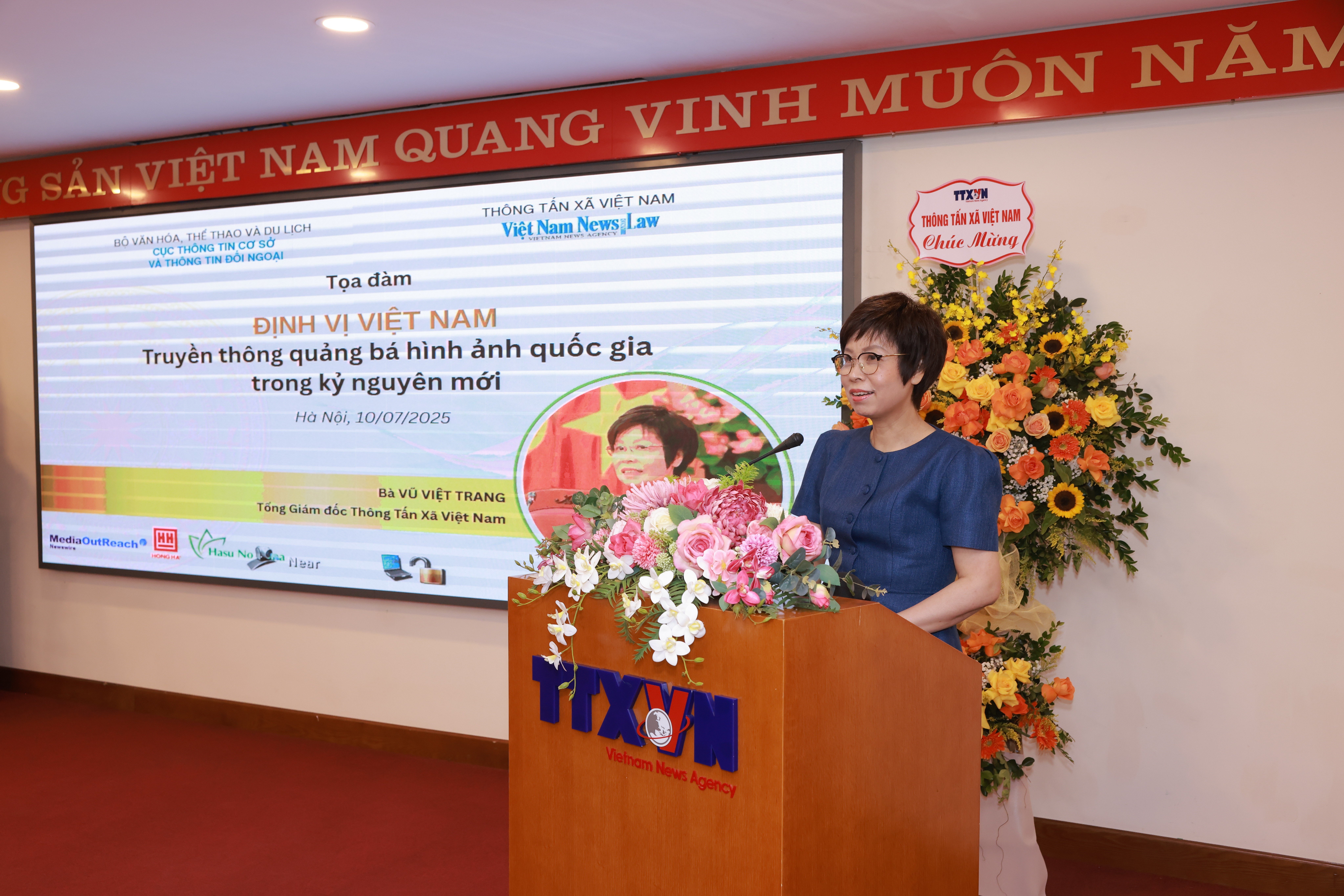 |
| Ms. Vu Viet Trang, General Director of Vietnam News Agency, spoke at the seminar. (Photo: Organizing Committee) |
According to Ms. Trang, to successfully implement the Strategy, it is necessary to build a strong media ecosystem, in which the mainstream press plays a leading role, providing reliable data as a foundation for other subjects - from KOLs, digital content creators, businesses to overseas Vietnamese - to tell a consistent and inspiring "Vietnamese story".
She also shared the strategic direction with four focuses: innovating the way of telling "Vietnam Stories", expanding multilingual products, promoting public-private cooperation in media, and strengthening connections with international news agencies.
Mr. Pham Anh Tuan, Director of the Department of Grassroots Information and External Information (Ministry of Culture, Sports and Tourism) assessed that the competition for national image is increasingly fierce, while Vietnam's image is still not commensurate with its achievements. Therefore, the Government has assigned the task of drafting a systematic, long-term strategy to affirm its worthy position on the world map.
South Korea: Positioning the nation through technology and innovation
At the seminar, delegates discussed, shared experiences, and contributed ideas to the content of the Strategy. Topics focused on national image positioning, methods of telling Vietnam’s story to the world, international experience in building national brands, as well as the role of digital media and the force of “independent storytellers” in the multi-platform era.
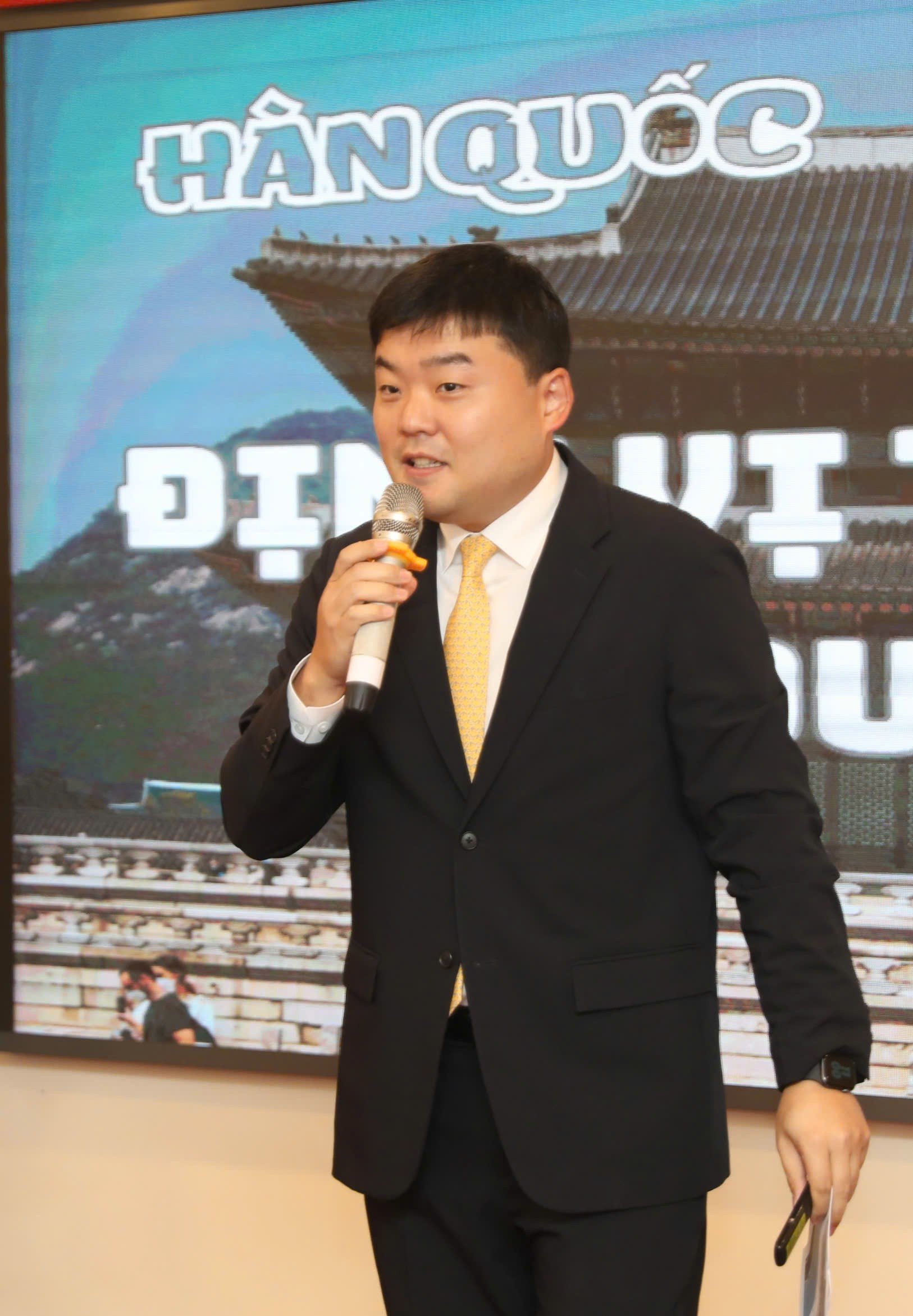 |
| Mr. Choi Seung Jin, Director of the Korean Cultural Center in Vietnam, spoke at the seminar. (Photo: Organizing Committee) |
Mr. Choi Seung Jin, Director of the Korean Cultural Center in Vietnam, shared Korea's successful lessons in national image positioning strategy.
“Before, foreigners would ask, ‘Are you from North Korea or South Korea?’ or ‘Where is Korea?’ But now we often hear, ‘I watch BlackPink, I watch Squid Game…’,” he said, reflecting a dramatic shift in international identity.
According to Mr. Choi, to position the national image, Korea has implemented direct and indirect policies synchronously. Since 2018, the country has conducted periodic surveys on national image to develop promotional strategies for each period and market. Previously, the National Image Committee (2009-2013) was responsible for building national brand strategies; surveying and monitoring national images; inter-sectoral coordination and public-private partnership; and global promotional campaigns. Although the Committee is no longer active, its operational experience still leaves a clear mark.
Since 2011, Korea has launched the Korea.net Honorary Reporter program, operated by the Ministry of Culture, Sports and Tourism. The program has more than 1,500 members in more than 100 countries, of which Vietnam alone has more than 120 people participating in promoting the image of Korea. The Korea.net website is published in 10 languages, contributing to the dissemination of official information to the world.
South Korea is also focusing on digital public diplomacy. In Vietnam, the Korean Embassy is partnering with a technology and entertainment news channel to launch creative media programs. The Korea Tourism Organization operates the Imagine Korea website, which shares videos promoting tourism and culture to the international community.
Regarding indirect policies, Korea established the Korea Foundation for International Cultural Exchange (KOFICE) in 2010, organizing many large-scale and diverse cultural programs in many countries. Since 1990, Korea has built a network of 35 Korean Cultural Centers and 7 Korean Cultural Promotion Offices abroad, playing a role in connecting and promoting two-way cultural exchange. The Korean government has also stepped up support for the content industry, including cinema, music, and games; popularizing the Korean language and training human resources to serve the long-term national promotion strategy.
From Korea's experience, Mr. Choi Seung Jin believes that introducing stories and values with Vietnamese identity in a modern and attractive form will create a huge media effect globally.
Source: https://thoidai.com.vn/dinh-vi-viet-nam-can-mot-chien-luoc-truyen-thong-hien-dai-bai-ban-214760.html


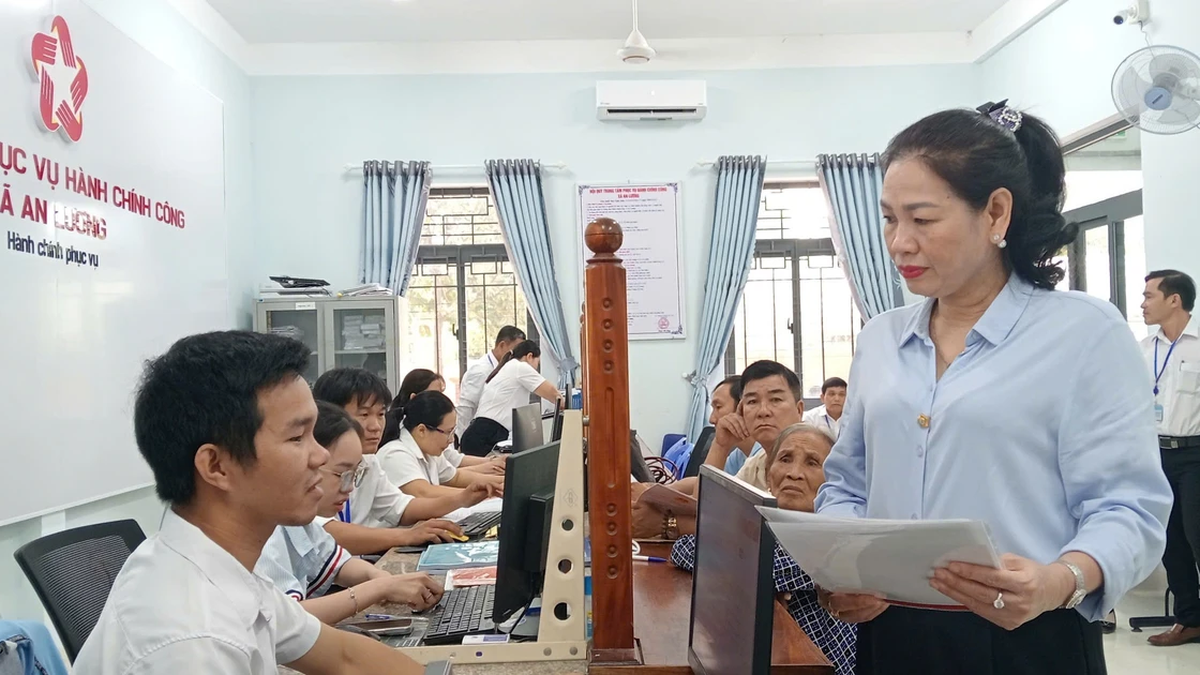

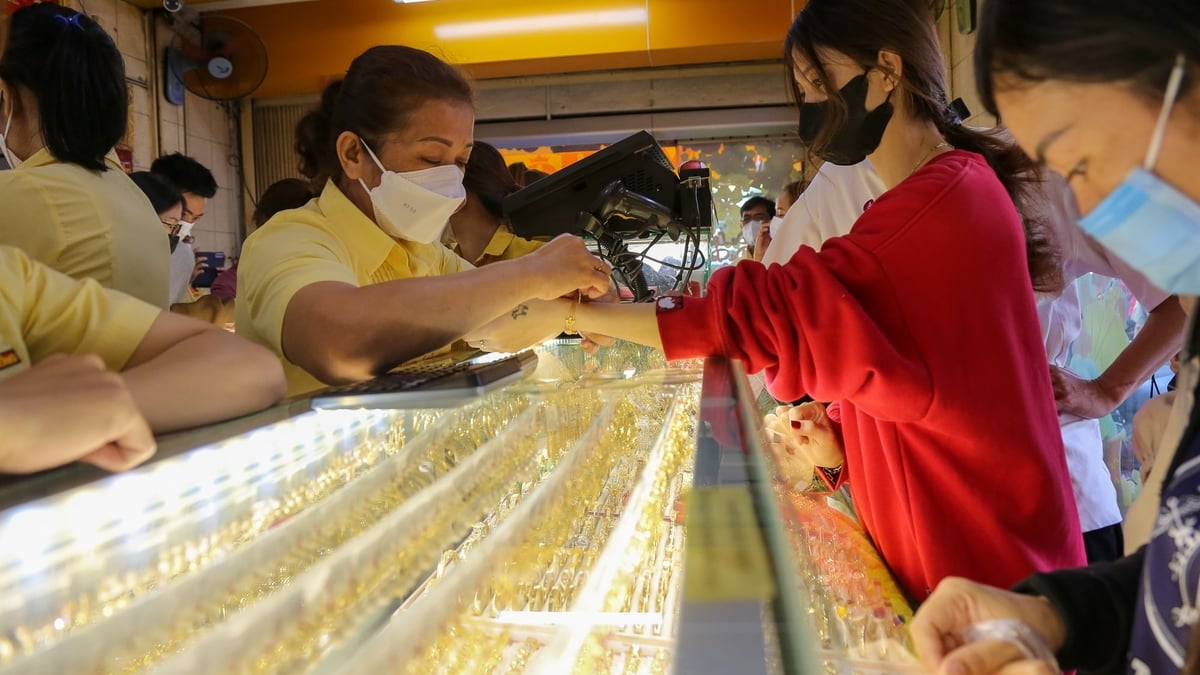




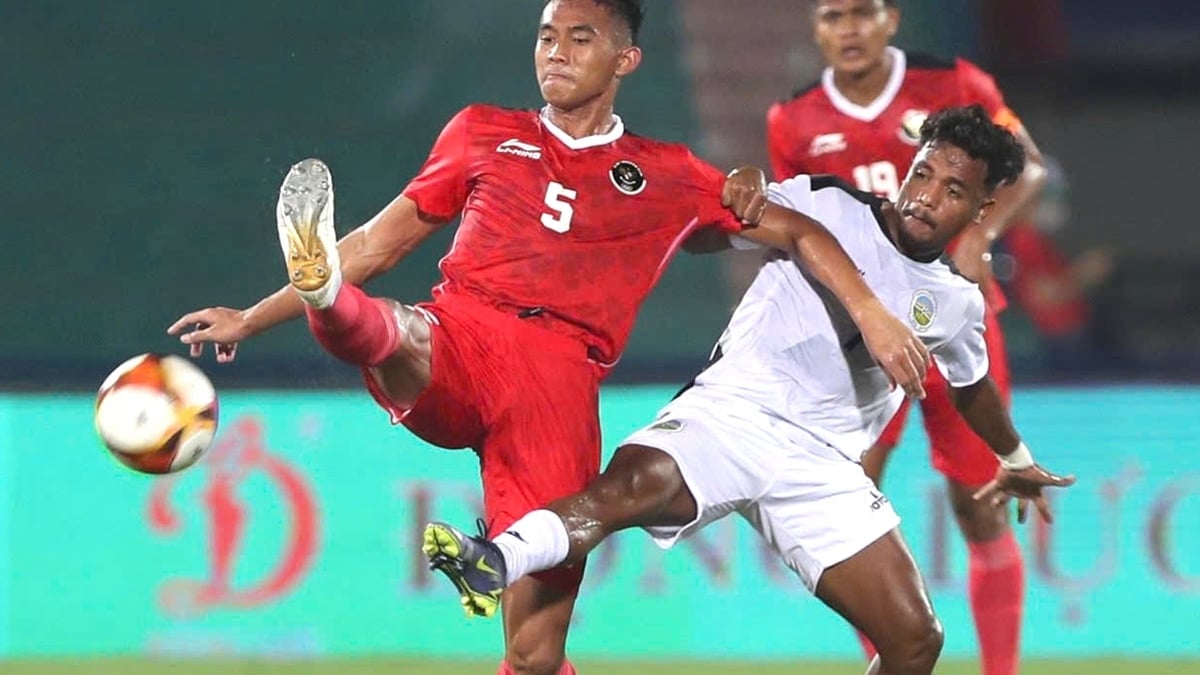












![[Photo] Gia Lai provincial leaders offer flowers at Uncle Ho's Monument with the ethnic groups of the Central Highlands](https://vphoto.vietnam.vn/thumb/1200x675/vietnam/resource/IMAGE/2025/7/9/196438801da24b3cb6158d0501984818)









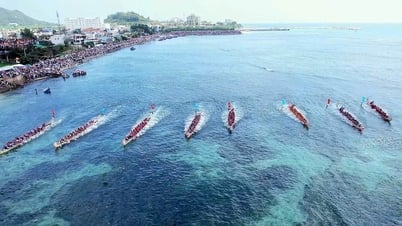

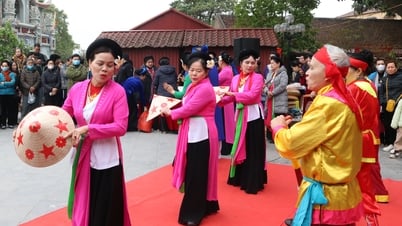

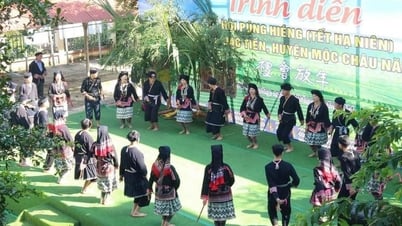

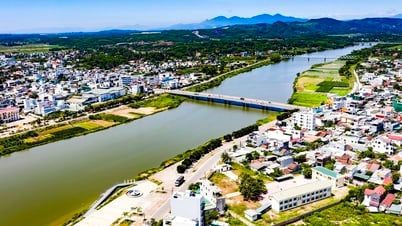

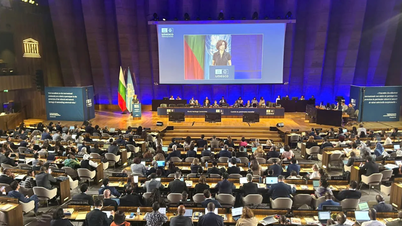



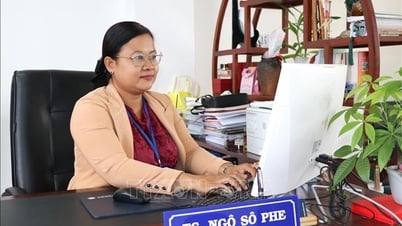


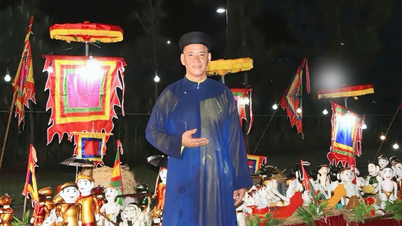

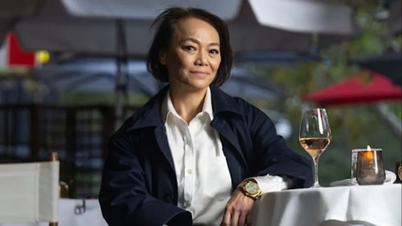





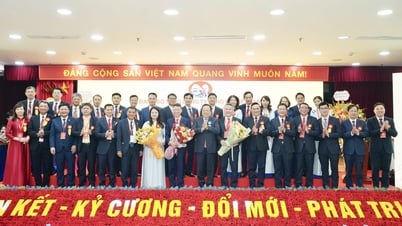




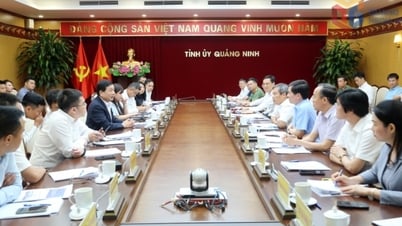

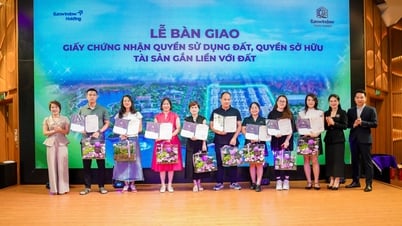






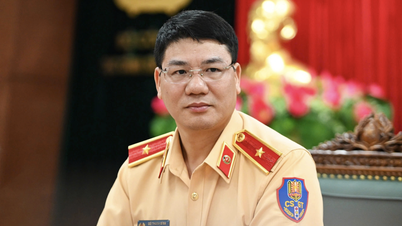

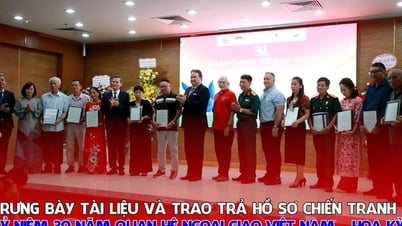

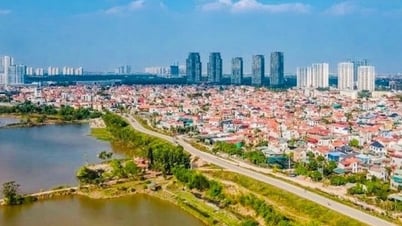
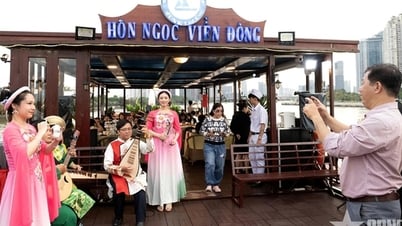
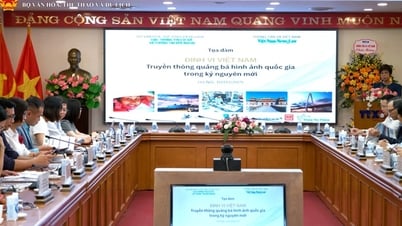

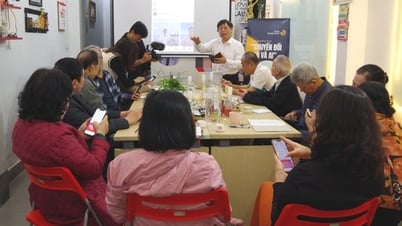









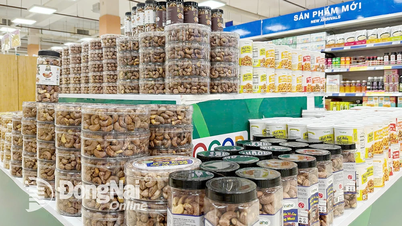

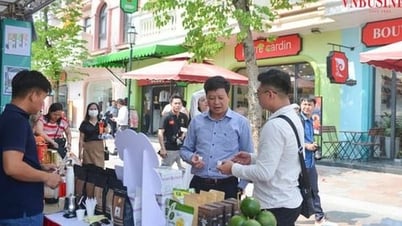






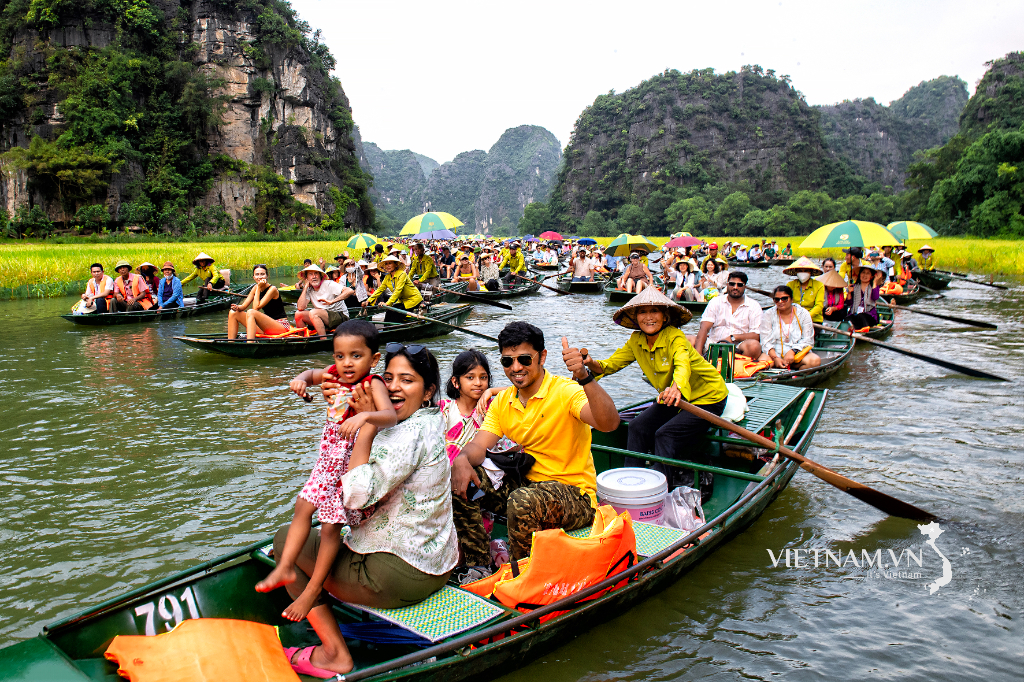

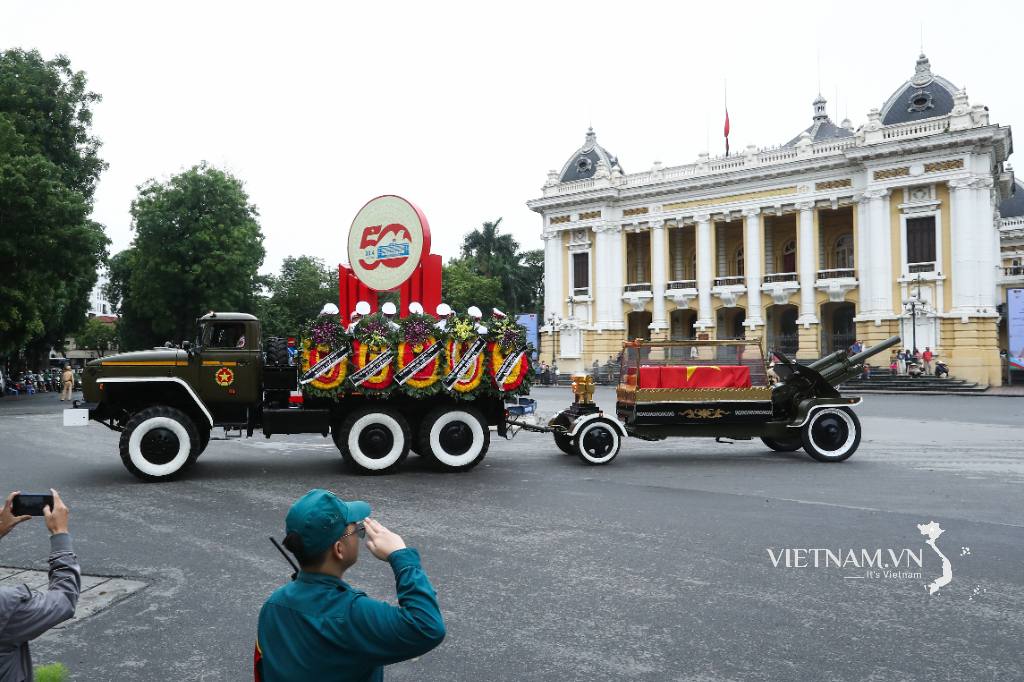
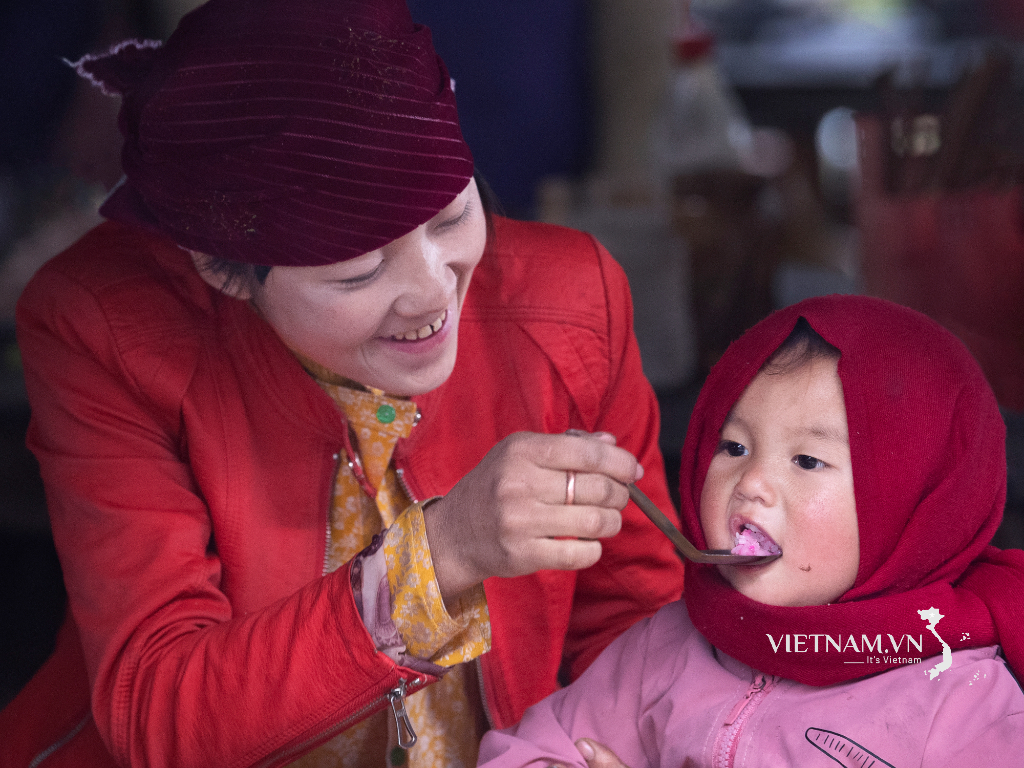
Comment (0)